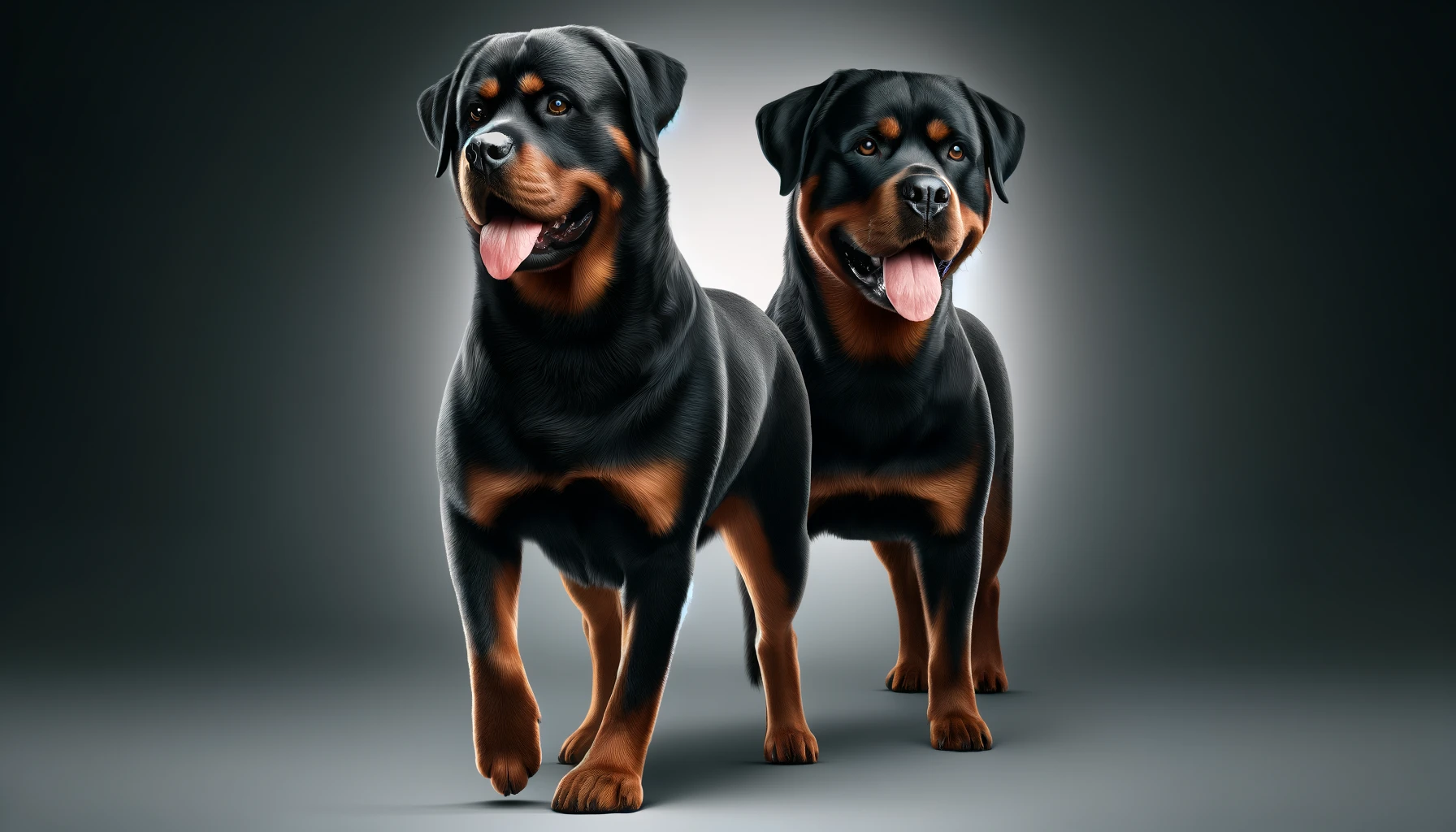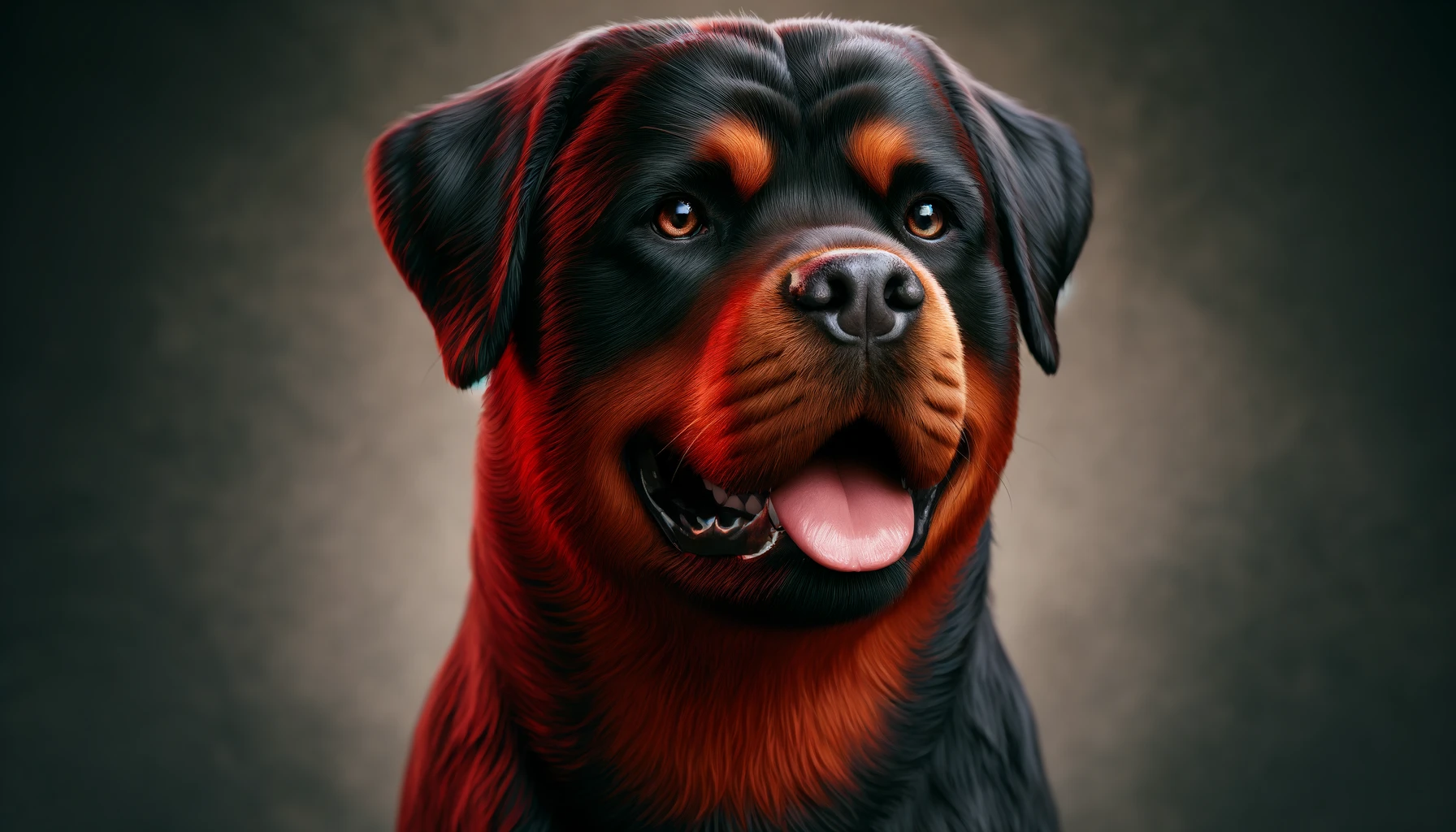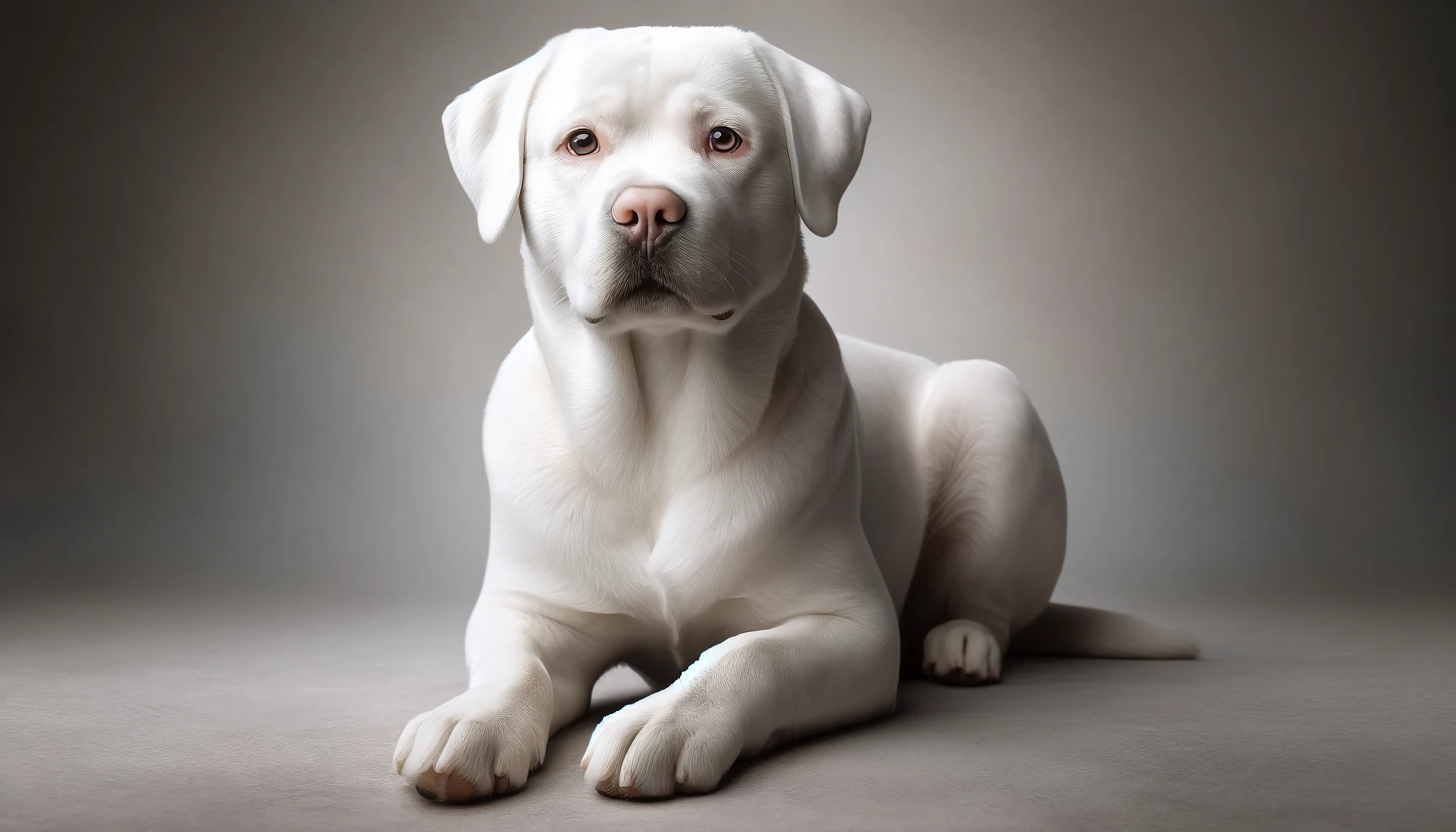Rottweilers are a breed synonymous with strength, loyalty, and robustness, often recognized by their black coats with distinctive tan markings. However, the color variations of Rottweilers, though not extensive, are fascinating and worth exploring. These variations largely adhere to the breed standard, but subtle differences can be seen which might affect their appearance dramatically. Originating from Germany, where they were used to herd livestock and pull carts for butchers, Rottweilers have a coat that is generally low maintenance but their color can be a subject of interest for prospective owners and breed enthusiasts. In this article, we will delve into seven stunning color variations of Rottweilers, each bringing its unique charm to one of the world’s most beloved and recognizable breeds.
1. Black and Tan

The most common and widely recognized coloring for Rottweilers is black with tan markings. These markings are typically found above the eyes, on the cheeks, side of the snout, chest, legs, and beneath the tail. The richness of the black and tan contrast gives Rottweilers their striking appearance that is both bold and commanding. The black should be rich and solid, while the tan should be vibrant and clear. This coloration not only contributes to the breed’s intimidating appearance, vital for a guard dog, but also accentuates their muscular build and powerful stance. The distinctiveness of the black and tan markings can vary slightly among individual dogs, with some showing darker or lighter tan patches.
2. Black and Mahogany

Similar to the black and tan Rottweiler, the black and mahogany variation differs primarily in the shade of the markings. Mahogany markings are deeper and richer in color compared to tan. These markings follow the same pattern as tan markings but stand out with a more reddish-brown hue that contrasts sharply with the black base coat. This variation is highly prized for its aesthetic appeal and can sometimes appear to shimmer under sunlight, adding to the visual impact of the breed’s already impressive presence.
3. Black and Rust

The black and rust Rottweiler has markings that are a darker shade of red compared to the typical tan markings. These rust markings are found in the same traditional locations as the tan and mahogany but are distinctive due to their deeper and darker color. This color variant can be particularly striking, with the rust seeming to glow against the glossy black coat. This combination is less common but still falls well within the breed standards set by various kennel clubs around the world.
4. Solid Black

Though rare and not typically preferred in show rings, solid black Rottweilers do exist. They lack the typical tan, mahogany, or rust markings and have a uniform black coat. This variant can be stunning due to its rarity and the powerful, sleek look it gives these dogs. However, potential owners should be aware that solid black may not always be accepted in breed standards for competitive showing, as the distinct markings are considered essential traits of the Rottweiler’s appearance.
5. Blue Rottweiler

Blue Rottweilers are a result of a dilution gene that affects the black pigment in the coat, giving it a unique bluish tint. This is considered a fault in show terms and is quite rare. The blue color can range from a deep charcoal to a more distinct blue hue. Like solid black Rottweilers, blue Rottweilers are not recognized by most breed standards and are disqualified from show competitions, but they can still make wonderful pets.
6. Red Rottweiler

Red Rottweilers display a coat where the usual black color is replaced with a light brown or red shade. This is another color caused by a rare genetic mutation and is not recognized within the standard breed coloration. Red Rottweilers may have the same markings as the typical black and tan but all over a reddish-brown base coat instead of black. These dogs are exceedingly rare and often draw attention due to their unusual appearance.
7. Albino Rottweiler

Albino Rottweilers, characterized by a complete lack of pigment, are extremely rare and carry with them a host of health issues such as vision and skin problems. They have pink eyes and white coats. Due to these health concerns and the associated care challenges, albino Rottweilers are not typically bred intentionally.
Each of these color variations demonstrates the genetic diversity within the Rottweiler breed. While not all are recognized or favored in formal breed standards, each variation contributes to the rich tapestry of the breed’s heritage. Black and tan remain the epitome of the breed standard, with other colors often considered faults or rarities. However, regardless of color, Rottweilers continue to be cherished for their intelligence, strength, and loyalty.
Frequently Asked Questions About Rottweiler Colors
1. What is the standard color of a Rottweiler?
The standard color of a Rottweiler is black with tan markings. These markings are distinct and located on the cheeks, above the eyes, on each side of the snout, on the chest, legs, and beneath the tail. The black is typically a deep, rich shade that covers the majority of the body, providing a striking contrast with the tan. This color pattern is crucial for the breed’s recognition in dog shows and is closely tied to the breed standard defined by major kennel clubs worldwide. The tan markings should be clear and well-defined, enhancing the Rottweiler’s overall appearance and highlighting its physical structure and expressions.
2. Are there any rare colors for Rottweilers?
Yes, there are several rare colors for Rottweilers, including solid black, blue, red, and albino. These colors are considered rare and usually result from genetic mutations. The blue and red Rottweilers are due to dilution genes that alter the typical black pigmentation, while solid black Rottweilers lack the traditional tan markings. Albino Rottweilers, which are extremely rare, lack pigment entirely. These colors are generally not accepted in the show ring and are often linked with additional health issues, making them less desirable for breeding purposes.
3. Can Rottweilers be white?
White is not a recognized or standard color for Rottweilers. White patches or a completely white coat in a Rottweiler are typically signs of albinism or other genetic anomalies. Albino Rottweilers, which have a complete lack of pigment, will appear white and also have very light-colored eyes. This condition is associated with numerous health issues, including vision problems and sensitivity to sunlight. Albinism in Rottweilers is extremely rare and not a desirable trait due to these potential health complications.
4. What causes blue and red Rottweilers?
Blue and red Rottweilers result from a dilution of the standard black pigment, caused by specific recessive genes. The blue Rottweiler has a coat where the black color is diluted to appear more grey or blue-like, while red Rottweilers display a light brown or reddish tint instead of the typical black. These colors are quite rare and are considered faults according to breed standards set by most kennel clubs. Such colors do not qualify for breed standard competitions, and breeding animals with these colors is generally discouraged.
5. Are black and gold Rottweilers standard?
While black and tan are the standard colors, black and gold markings are not typically recognized within the breed standard. Gold in this context would imply a much lighter, brighter shade than the standard tan, potentially leaning towards a yellowish tint. This variation, though it may occur naturally, is not a recognized coloration for Rottweilers in competitive showing and does not align with the breed’s standard specifications.
6. How can I ensure my Rottweiler puppy will have the correct color markings?
To ensure your Rottweiler puppy will develop the correct color markings, choose a reputable breeder who follows breed standards and can provide health clearances and documentation of the puppy’s lineage. Good breeders will breed with attention to maintaining the breed standard, including coat color and markings. Puppies should show clear signs of their future coloration from an early age, as Rottweiler puppies are born with their markings visible, although the intensity and definition of the color will develop as they grow.
7. Is color linked to any health issues in Rottweilers?
In some cases, color can be linked to health issues in Rottweilers. For instance, dogs with a blue or red coat color often carry a genetic dilution gene, which can be associated with a condition known as Color Dilution Alopecia. This condition leads to hair thinning and skin problems. Additionally, albino Rottweilers, which lack pigment, are prone to skin and vision problems due to their sensitivity to sunlight. Potential owners need to be aware that while color might be appealing or unique, it can come with health concerns.
8. Do Rottweiler puppies change color as they grow?
Rottweiler puppies do not significantly change color as they grow, but the intensity and clarity of their markings may increase. They are born with their black and tan markings already in place, and these markings will darken and become more defined as they mature. The black will generally become richer and the tan more vibrant. Any significant change in color outside of this natural deepening might be indicative of a non-standard genetic trait.
9. What are the breed standard colors for Rottweilers in competitive shows?
In competitive shows, the breed standard colors for Rottweilers are strictly black with clearly defined tan or mahogany markings. These markings should appear over the eyes, on the cheeks, as a strip under the snout, on the chest, and the legs. The AKC and other major kennel clubs have very specific guidelines about the placement and intensity of these markings. Rottweilers that do not meet these specifications are typically disqualified from showing.
10. Can a Rottweiler have a brindle coat?
A brindle coat is not recognized in Rottweilers. The breed standard specifies that Rottweilers should only be black with specific tan or mahogany markings. Brindle patterns, which involve stripes of color, are typical of other breeds but are considered a fault in Rottweilers. Any Rottweiler exhibiting a brindle coat is likely mixed with another breed that carries this trait. Such dogs would not meet the breed standards for purebred Rottweilers in terms of coat pattern.
 Toledo, United States.
Toledo, United States.